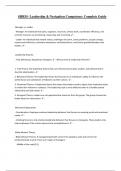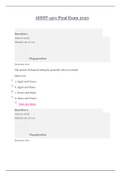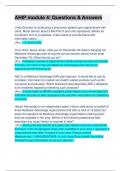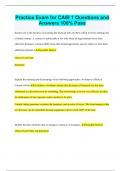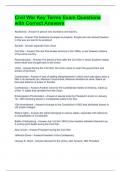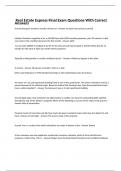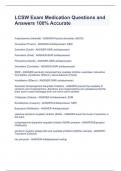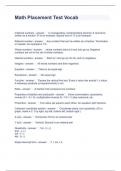Exam (elaborations)
SHRM- Leadership & Navigation Competency Complete Guide
- Course
- Institution
SHRM- Leadership & Navigation Competency Complete Guide Manager vs. Leader - Manager: An individual that plans, organizes, resources, directs work, coordinates efficiency, and controls resources via monitoring, measuring, and correcting. ️ - Leader: An individual that models values, challenge...
[Show more]
